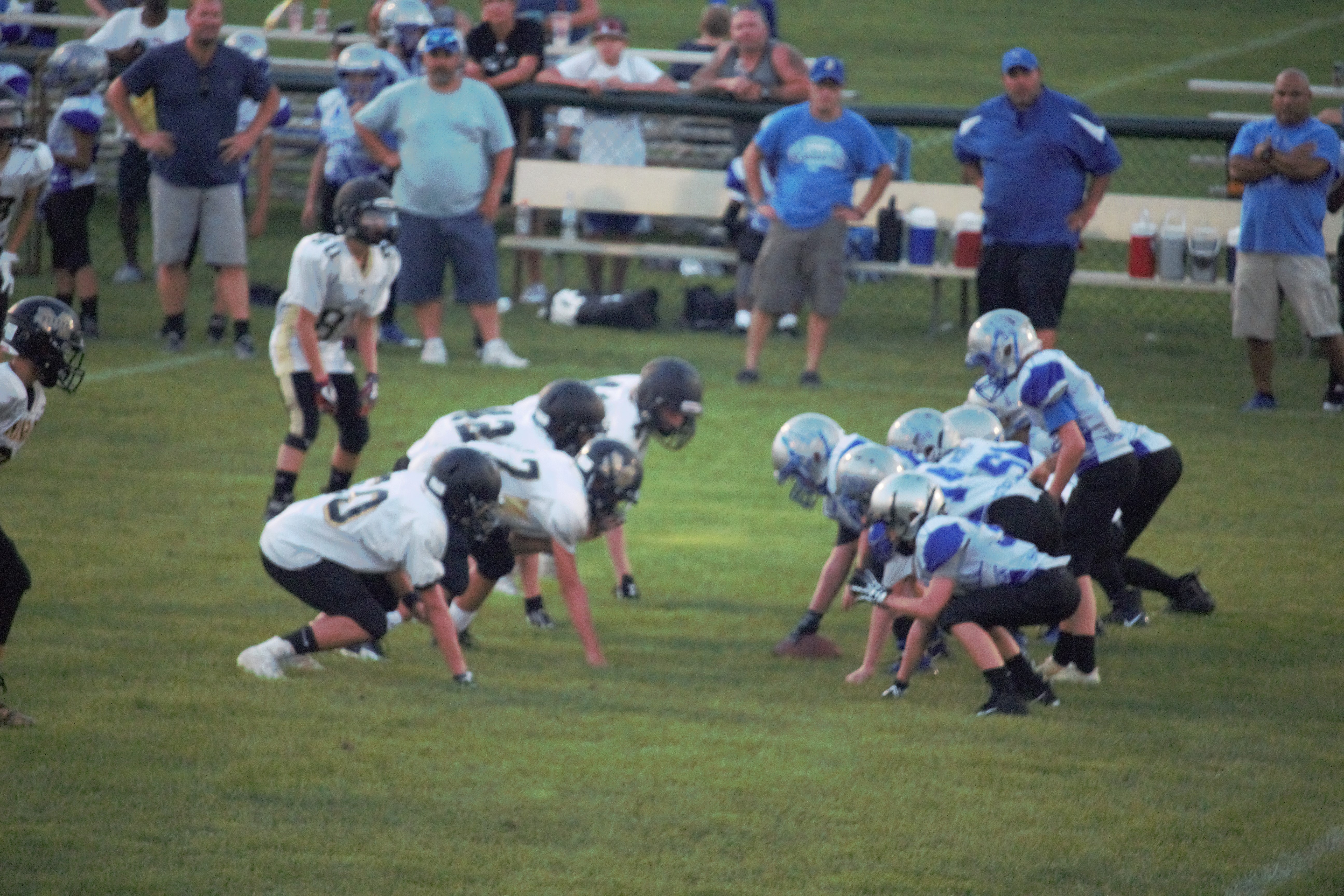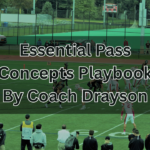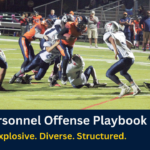The No-Play, Football’s Easiest 5 Yards

The easiest way to move the ball forward is when the defense commits a penalty before you even have to snap the ball. This five yards can make the difference between an obvious passing down like 3rd and 9 or a more manageable 3rd and 3. The key is to find a way to get the defense to jump offside while still stopping your players from committing the penalty. This is why the No-Play, Football’s Easiest 5 Yards
The No-Play, Football’s Easiest 5 Yards
The no-play takes the risk out of going for two. Many times offensive linemen struggle to go on two. This occurs for a variety of reasons including fatigue, mental focus and worrying about their assignment. By using a no-play, the linemen do not have to worry about the snap count, they simply need to go to the line and get in a stance. This takes the mental strain off of the offensive players and puts it onto the defensive players who are experiencing the same fatigue and anticipation of the upcoming play.
From a coach’s perspective the no-play does several things. The first thing it does is, hopefully, give the offense a free 5 yards which almost always tilts the situation in the offense’s favor. The next thing it does is slow up the defense. If your offense is only going on a single snap count it won’t be long until the defense starts to time up the snap count and get the jump on your line. This puts your linemen in a negative position before the play even starts. The last thing it does, that most coaches don’t really think about, is give you a chance to think through your upcoming play call. While the offense is getting aligned and going through the cadence it gives you normally 10 to 15 seconds to think through the situation and the play that will give you the best chance at success. It also forces the defense to show their alignment and how they are planning on defending you. All of these things give the offense a huge advantage.
The key to the no-play is to add a variety of different factors into it to make it more successful. While the defense may jump early in the game from a simple formation and cadence, this will rarely be successful more than a few times a game. As the game goes on you need to add more things to stress the defense. One of the best tools for this is jet motion. By sending a player in a quick motion across the formation the defense must figure out how they are going to adjust the defense to this motion and new possible formation. During this time the defensive linemen will see motion out of the corner of their eye. Due to our evolutionary make up we are more likely to respond to motion in our periphery (think about early man seeing a predator in his peripheral vision), this increases the chances they will respond to the cadence from the QB and give your team a free five yards.
The other minor adjustment you can use is to align in a unique formation that stresses the defense. While they are thinking how to defend the formation they will be more susceptible to jumping offside. The final way you can improve the likelihood of a penalty is by shifting. Shifting formations causes the defense to react to a new formation. When this new formation is a difficult formation to align to the chances of an offside penalty go through the roof.
The no-play, when executed properly, can put your team in a huge position of advantage. As a play caller it is a relatively risk free way of gaining yards in the best case scenario or in a worst case scenario slow down the defensive players, get a preview of the defense and give yourself more time to think of your next play.
(See Also) Youth Football Offenses











